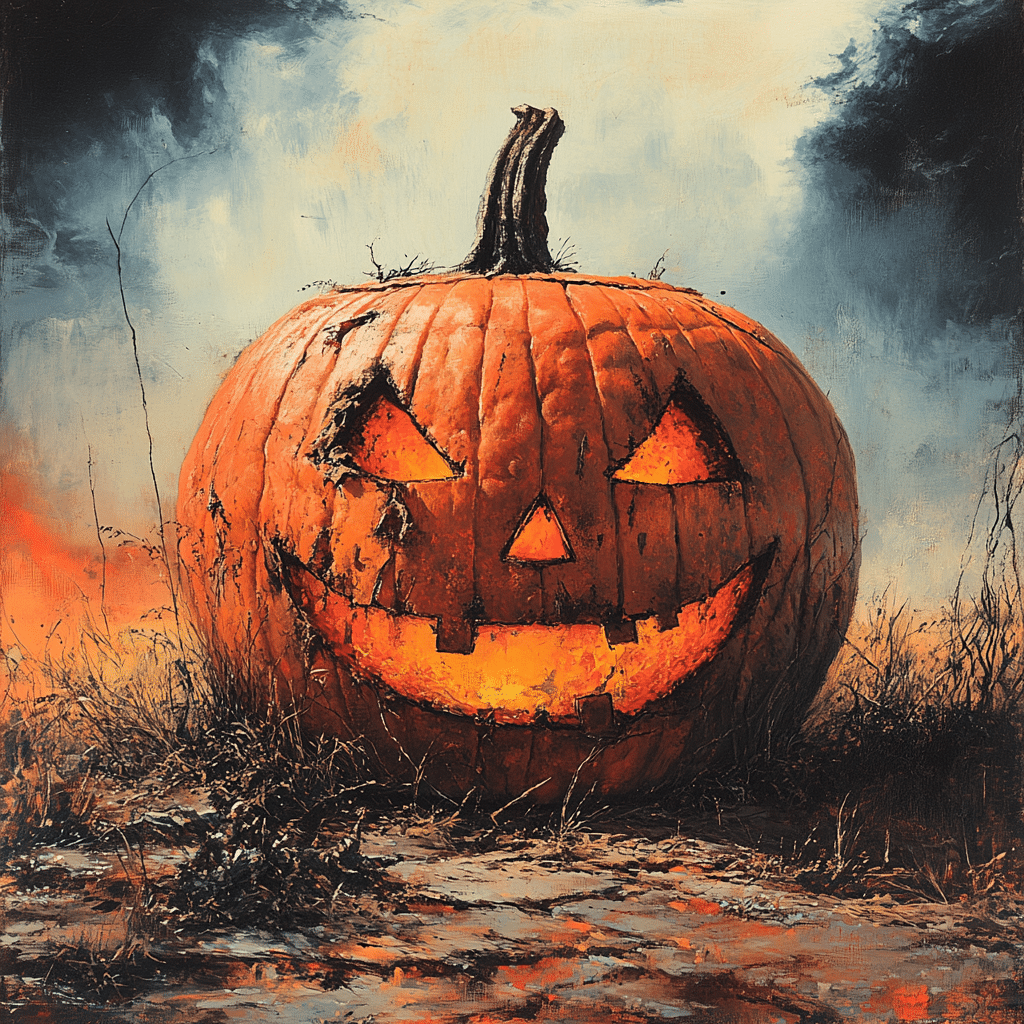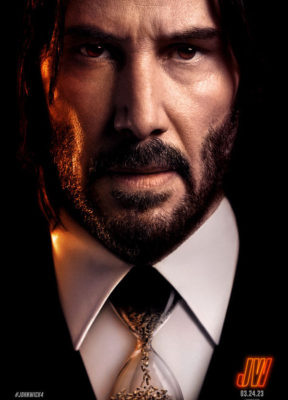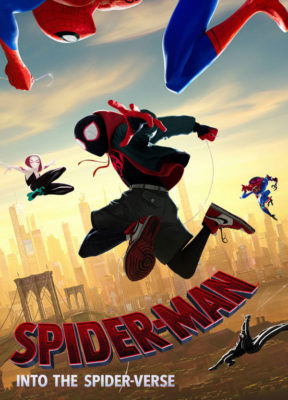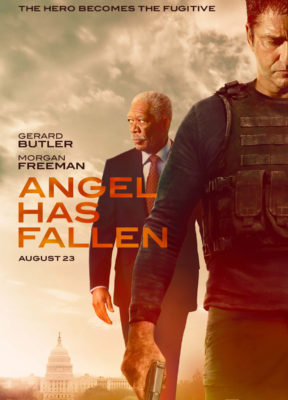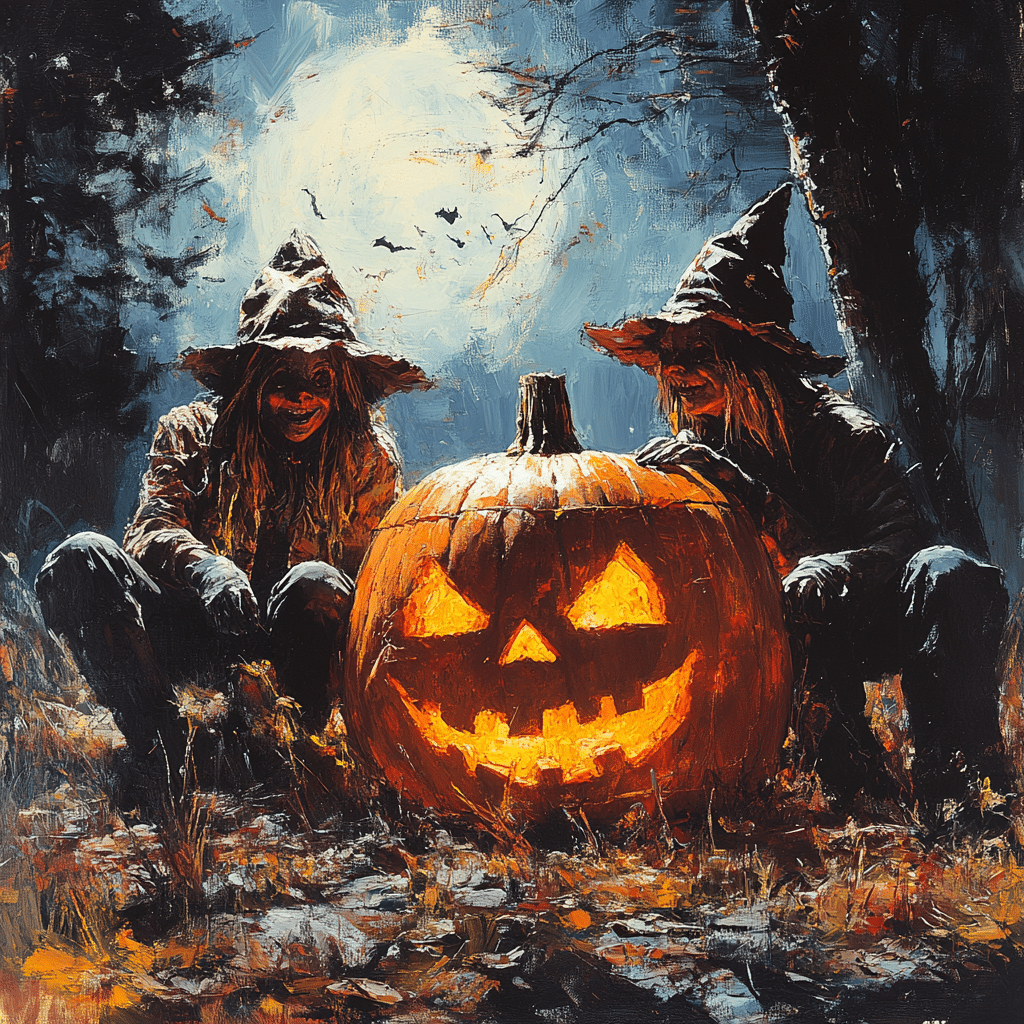
Halloween Iii The Chilling Legacy Of The Cult Classic
Halloween III: Season of the Witch may just be the most talked-about entry in the Halloween franchise. Released in 1982, it took an unconventional path by ditching the iconic serial killer Michael Myers in exchange for a tale of witchcraft and corporate malevolence. While it flopped initially at the box office, the film’s reputation has seen a remarkable resurgence, cementing its spot as a cult classic. It challenges conventional horror tropes, paving the way for deeper discussions about storytelling and audience expectations. In this article, we will delve into the movie’s unique narrative, cultural impact, and how Halloween III shapes conversations about the horror genre today.
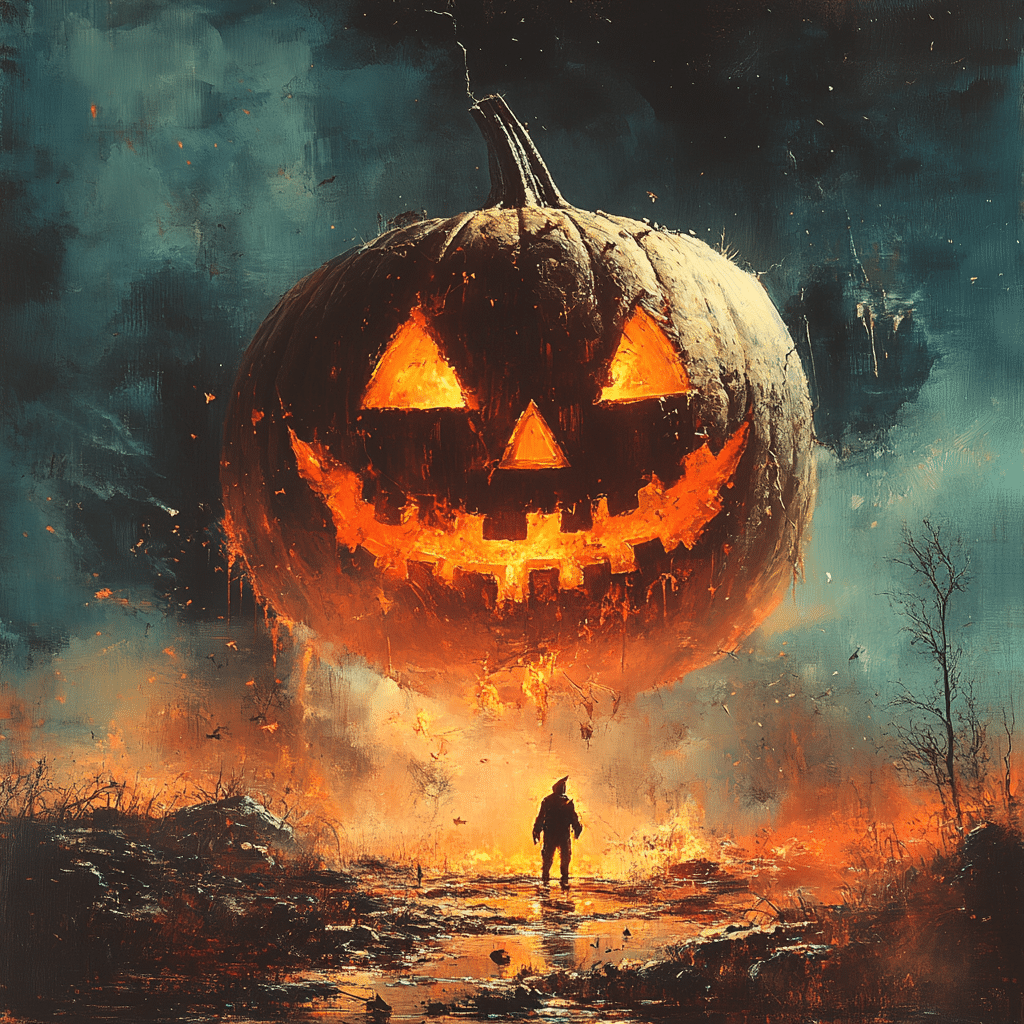
1. The Unconventional Path of Halloween III
The creators of Halloween III had a vision to create an anthology series, with each installment exploring different Halloween-related stories. This was a bold departure from the slasher roots that fans had come to expect. Halloween III introduced us to a nefarious toy company, Silver Shamrock, which planned to use dreadful masks to unleash chaos on Halloween night. This thematic shift allows viewers to reflect on societal fears, specifically regarding consumerism and technology. By opting for witchcraft rather than a masked killer, the film tackled larger themes—an aspect often overshadowed by its initial failure.
Interestingly, despite its less-than-stellar release, the film was rich in creativity. The vision of director Tommy Lee Wallace, combined with John Carpenter’s eerie score, set a haunting tone. Audiences were left baffled: where was Michael Myers? Over the years, what stood out even more was how Halloween III embraced its own chilling absurdity. Its fascinating storyline and straightforward characters emerged as an unexpected avenue for horror that resonated deeply with viewers looking for something beyond the typical slasher fare.
The film’s aesthetic choices, including the now-iconic Halloween masks, contribute to its lasting appeal. The eerie music woven into the fabric of the narrative creates a spooky atmosphere that haunts viewers long after the credits roll. In the years following its release, fans began to appreciate the ambition of the film, sparking discussions among movie lovers about its innovative approach to horror and how it reflects societal anxieties—a precedent other films would follow.
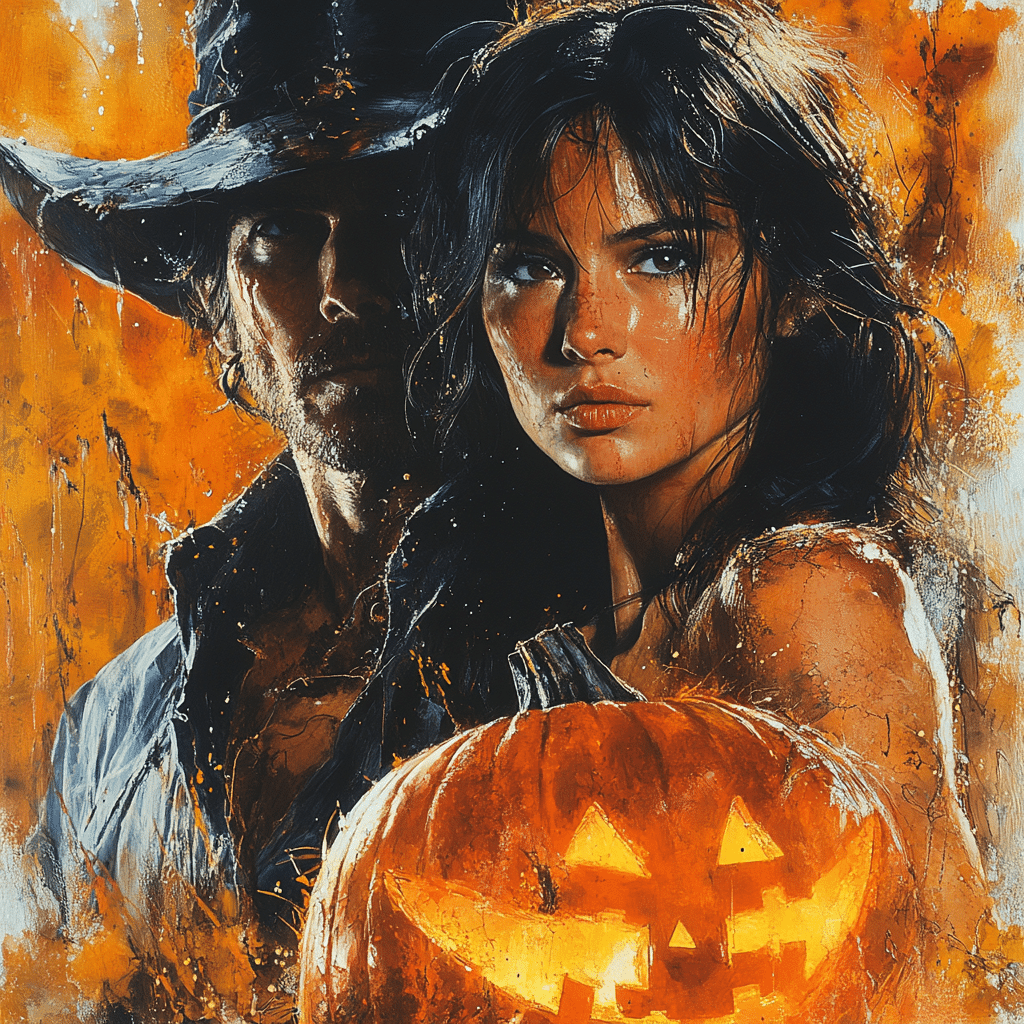
2. The Legacy Compared: Halloween III vs. Other Entries
When we dive into the different entries of the Halloween franchise, comparing Halloween III to films like Halloween 6: The Curse of Michael Myers, Halloween 4: The Return of Michael Myers, and Rob Zombie’s Halloween 2007 reveals distinct avenues of horror storytelling. Each film, while rooted in similar terrors, showcases varying thematic interpretations and terrorizing tactics.
2.1. Halloween III vs. Halloween 6
Halloween 6 reinstates Michael Myers, returning full throttle to the franchise’s slasher roots. In contrast, Halloween III sidesteps the series’ signature killer, opting instead for a standalone narrative that explores the dark machinations of the Silver Shamrock company. The treatment of fear—portrayed through corporate deception in Halloween III and familial horror in Halloween 6—is strikingly different. Each film resonates with diverse fears of its time, illustrating the franchise’s evolving character and audience expectations.
2.2. Halloween III vs. Halloween 4
On the flip side, Halloween 4: The Return of Michael Myers introduces a new generation into the fold, focusing on Jamie Lloyd, Michael’s niece. While fans were eager to see Myers return, Halloween III’s self-contained storytelling shines by avoiding the predictable path of traditional horror sequels. Without Myers, Halloween III dares to create its own identity, steering clear of established expectations. This choice provides a fresh perspective, inviting an audience craving originality while Halloween 4 draws heavily on legacy and nostalgia, employing Jamie as the new “final girl” archetype.
2.3. Halloween III vs. Halloween 2007
Then there’s Rob Zombie’s 2007 reimagining of Halloween which offers a visceral exploration of Michael Myers’ backstory. Zombie’s film leans heavily on psychological horror, asking viewers to sympathize with its deranged antihero. Unlike the ambiguous evil that pervades Halloween III—personified in the villainous Conal Cochran—the newer film evokes empathy for Myers, complicating the audience’s relationship with horror. This juxtaposition highlights how horror can manifest in various forms, from corporate greed to human trauma, reminding us that horror isn’t solely about slashing but also about exploring the depths of fear.
3. The Cultural Impact of Halloween III
3.1. Reviving Interest in Obscure Horror
The cult status of Halloween III has sparked increased conversations about unconventional horror and franchise evolution. Since its initial reception, the film has become a touchstone for those exploring the genre’s limits. Movies like House of the Devil and The Witch can be linked back to its tone and ambition, elevating traditional horror imagery to realms of artful storytelling.
Moreover, directorial choices influenced by Halloween III can be seen across various platforms. Today, filmmakers look beyond typical horror tropes, inspired by what this seemingly stray film brought to the genre. As audiences flock to content that both terrifies and challenges them, the success of Halloween III reveals that there’s room for innovation in horror storytelling.
3.2. Merchandising and Nostalgia
Halloween III’s haunting imagery—its memorable masks—has not only shaped viewer’s nightmares but also influenced merchandise trends in the horror industry. Brands today tap into nostalgia-driven marketing much like the film did with its toy company sinister schemes. Companies like Trick or Treat Studios have embraced this nostalgia, producing replicas of the iconic masks that resonate with fans across generations. These products serve as a reminder of the film’s haunting legacy while allowing fans to foster a connection to it, proving that Halloween III’s reach goes beyond the screen.
4. Audience Reception: From Disappointment to Adoration
4.1. Fan Theories and Online Communities
As the perception of Halloween III shifted over the decades, vibrant online communities began to flourish. Analyzing its narrative reveals deeper meanings about consumerism, technology, and the evolution of horror in modern cinema. Platforms like Reddit teem with theories dissecting various aspects of the film’s complex themes, as fans engage in conversations that celebrate reinterpretation. This kind of dialogue exemplifies how a film can morph from disappointment to a beloved cultural touchstone.
4.2. Influential Directors and Filmmakers Inspired by Halloween III
Today’s filmmakers, such as David Gordon Green, who rejuvenated the Halloween franchise with his 2018 sequel, reference Halloween III as an important influence. They admire its willingness to take risks within the horror genre and contribute to a more sophisticated narrative. This conversation among creators reflects the film’s lasting impact, illustrating that the road less traveled can often lead to creative success.
Embracing the Mystery of Halloween III
The legacy of Halloween III: Season of the Witch invites us to explore unconventional horror narratives that challenge traditional filmmaking. Its rise from box office failure to revered classic illustrates the powerful relationship between creators, audiences, and cultural perceptions. As we navigate a saturated landscape of remakes and sequels, Halloween III stands as a beacon for originality, encouraging filmmakers to step outside the confines of tradition and explore new avenues in storytelling. Both horror and film as a whole thrive on innovation, showing us that the scariest stories can come from the most unexpected places.
This chilling classic is a reminder that horror doesn’t have to follow the status quo to resonate. Its journey is a testament to the power of creativity, leaving an enduring mark on any who dare to venture beyond the expected. Whether it’s the thought-provoking narratives of films like Yellowjackets Season 1 or the refreshing youth reflected in the Mythic Quest cast, the shift in horror continues to evolve, ever inspired by films like Halloween III.
Halloween III: A Thread of Intrigue in Horror History
Behind the Scenes Secrets
When Halloween III: Season of the Witch hit theaters in 1982, it took fans by surprise with its departure from Michael Myers. Did you know the film originally had trouble finding its footing? The idea was to create an anthology series, with each installment telling a different story. This shift indeed stirred up some controversy, leading to its initial box office struggle. Interestingly, one of the film’s most memorable elements—the chilling Halloween masks—took inspiration from marketing strategies that suggested a blend of citrus And salt to evoke a sense of nostalgia and eeriness, making those masks that much more haunting.
Cast Connections and Cultural Impact
Despite mixed reviews back then, Halloween III has gained a solid cult following, often appreciated for its B-movie charm. The film featured actor Tom Atkins, known for his rugged roles and commanding screen presence. At the same time, curious connections exist within the entertainment world, such as questions swirling about Is Brian peck related To Josh peck, showcasing how gossip and trivia can elevate curiosity around actors, adding depth to their careers. This resurgence echoes in pop culture, inspiring creators and fans alike, much like how Rachael Ray Health emphasizes the importance of wellness—a theme that even reaches horror films by addressing urban myths and fearful legends.
The Legacy of Halloween III
Another fascinating note? The film was initially perceived as a failure, yet it prompted dialogue about the changing horror landscape. Fans of the genre have latched onto it for its unique storyline and chilling atmosphere, sometimes even drawing parallels to beloved themes in anime, like the Cooler Dragon ball. As time has passed, the film found its footing amongst horror aficionados, reminding us all why certain series endure. Actors like Lucky Blue smith often cite a film’s cult status as pivotal in their inspirations—proof that sometimes odd choices can lead to unexpected treasures in cinema.
Ultimately, Halloween III stands as a testament to creative risks—much like a better bagel can transform a simple breakfast into something special. As the horror landscape continues to evolve, films like this remind everyone that great stories don’t always follow a straight path. Embracing the unexpected enriches the experience, drawing fans back into the fold again and again.
